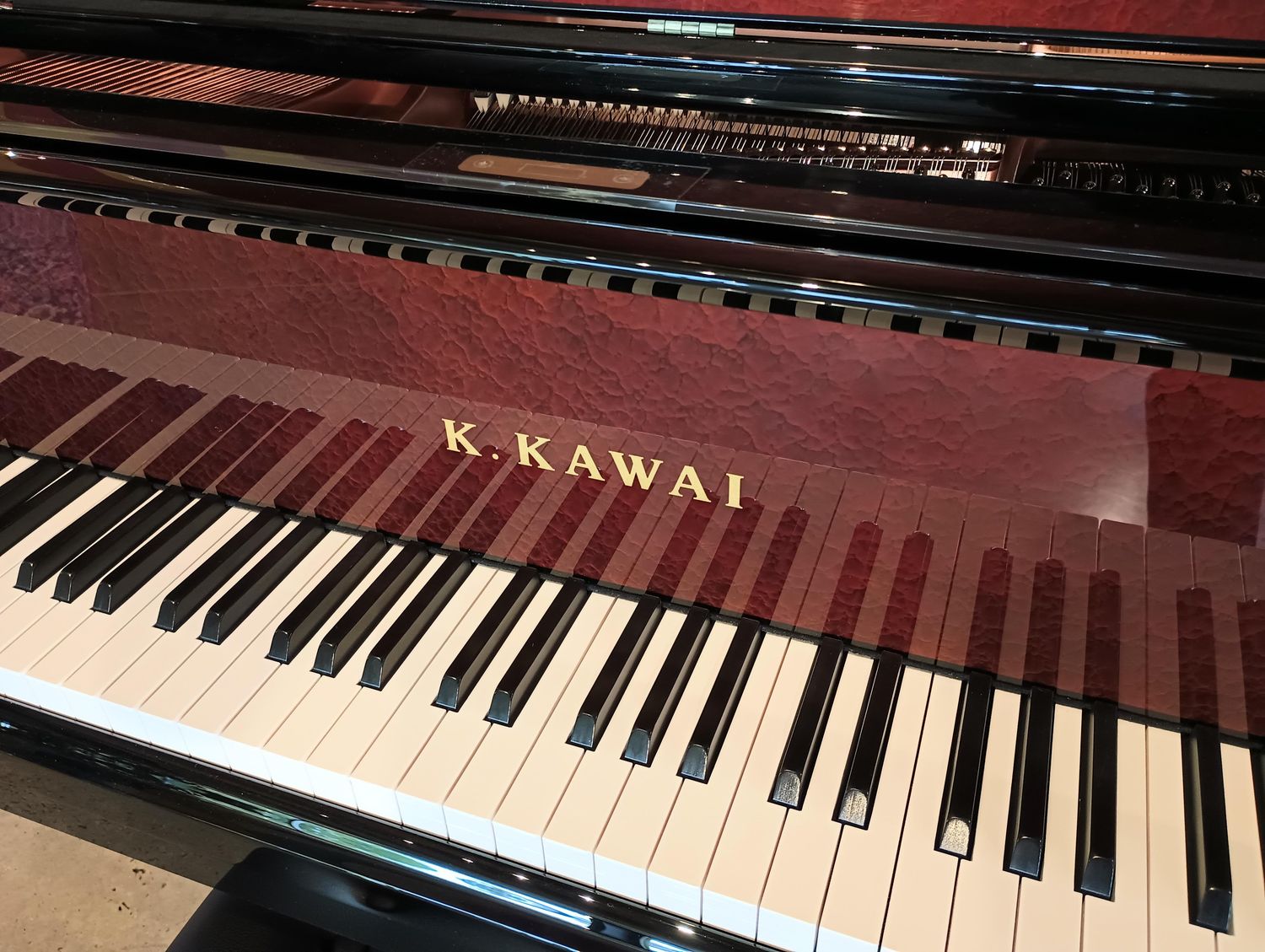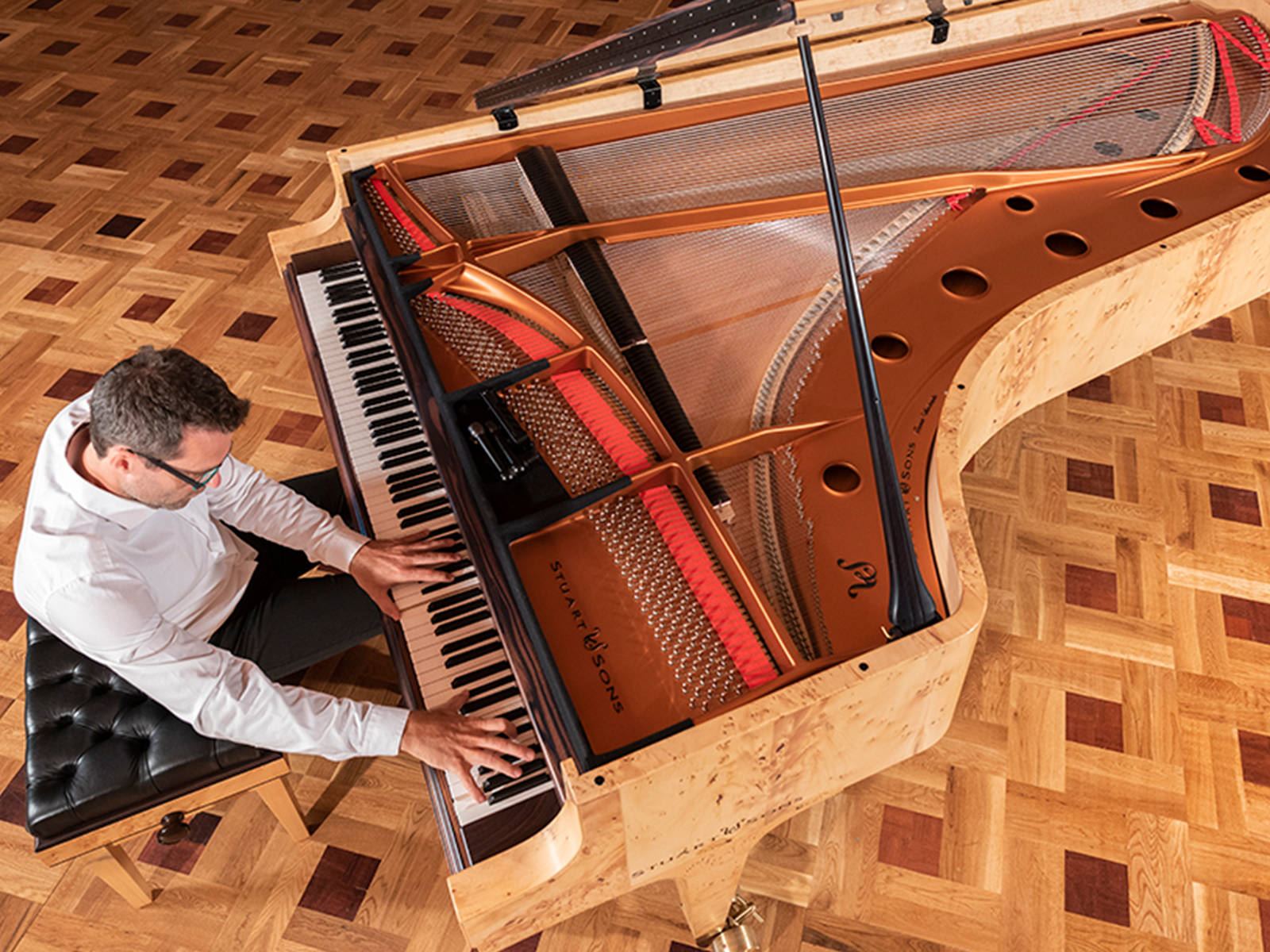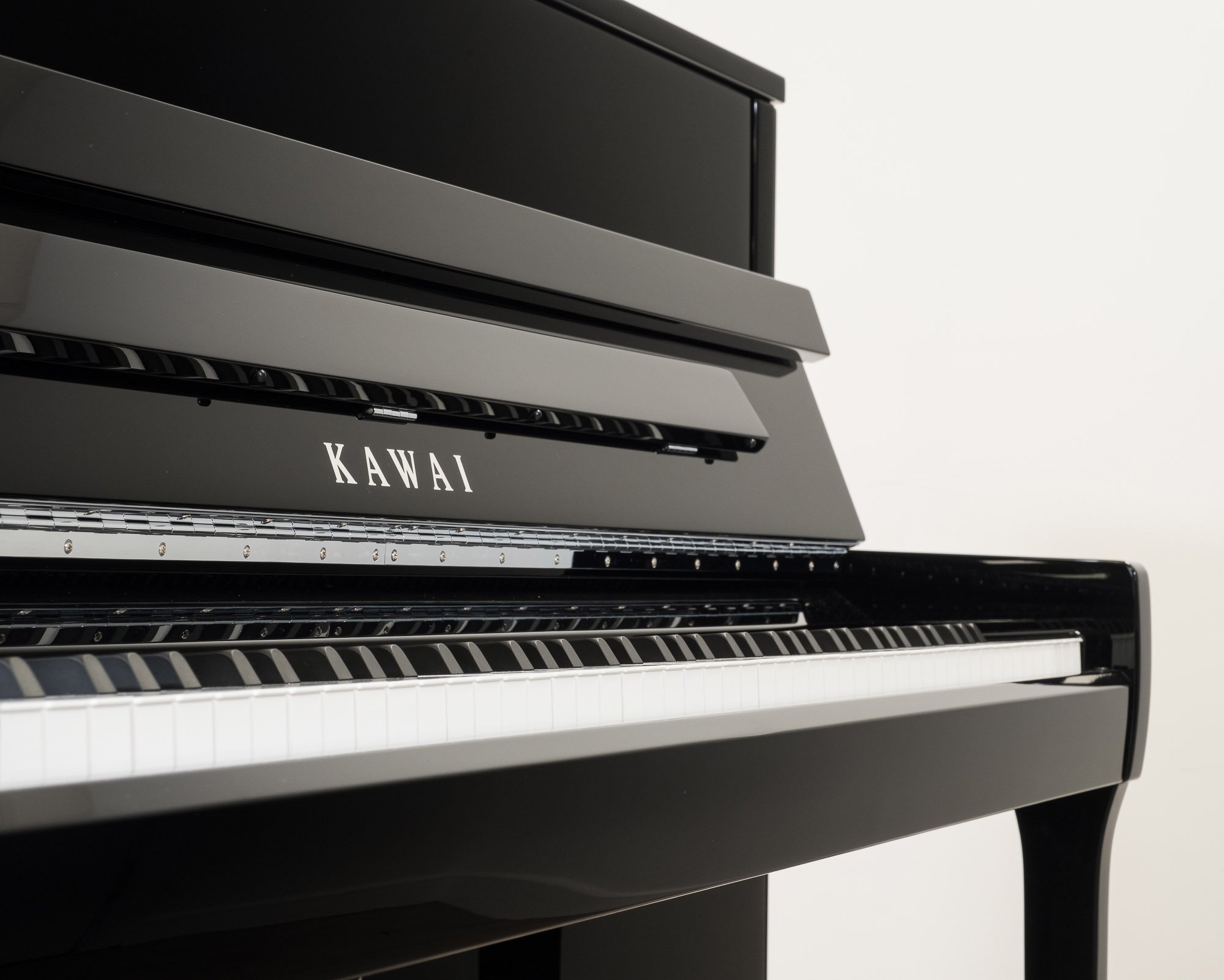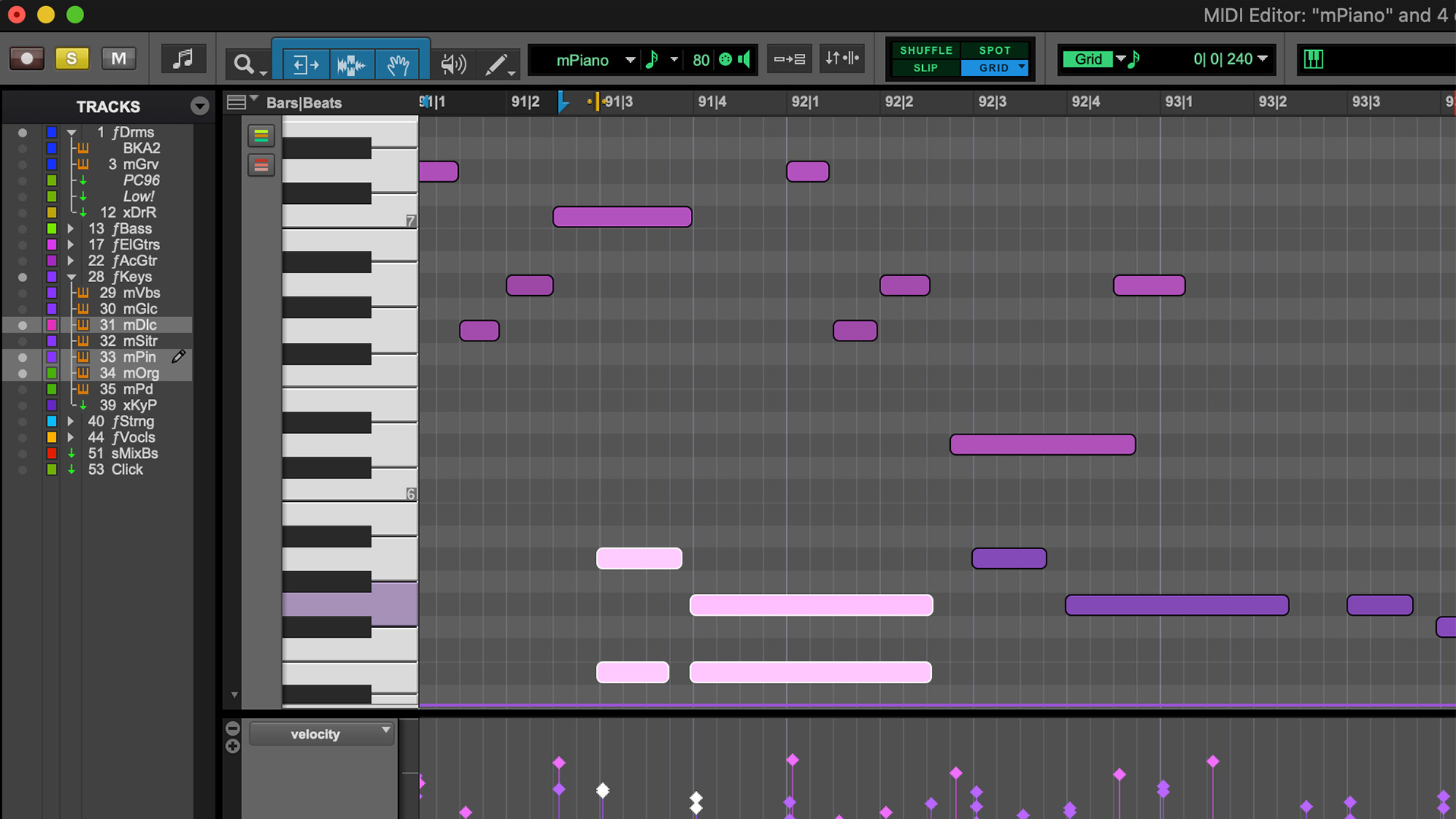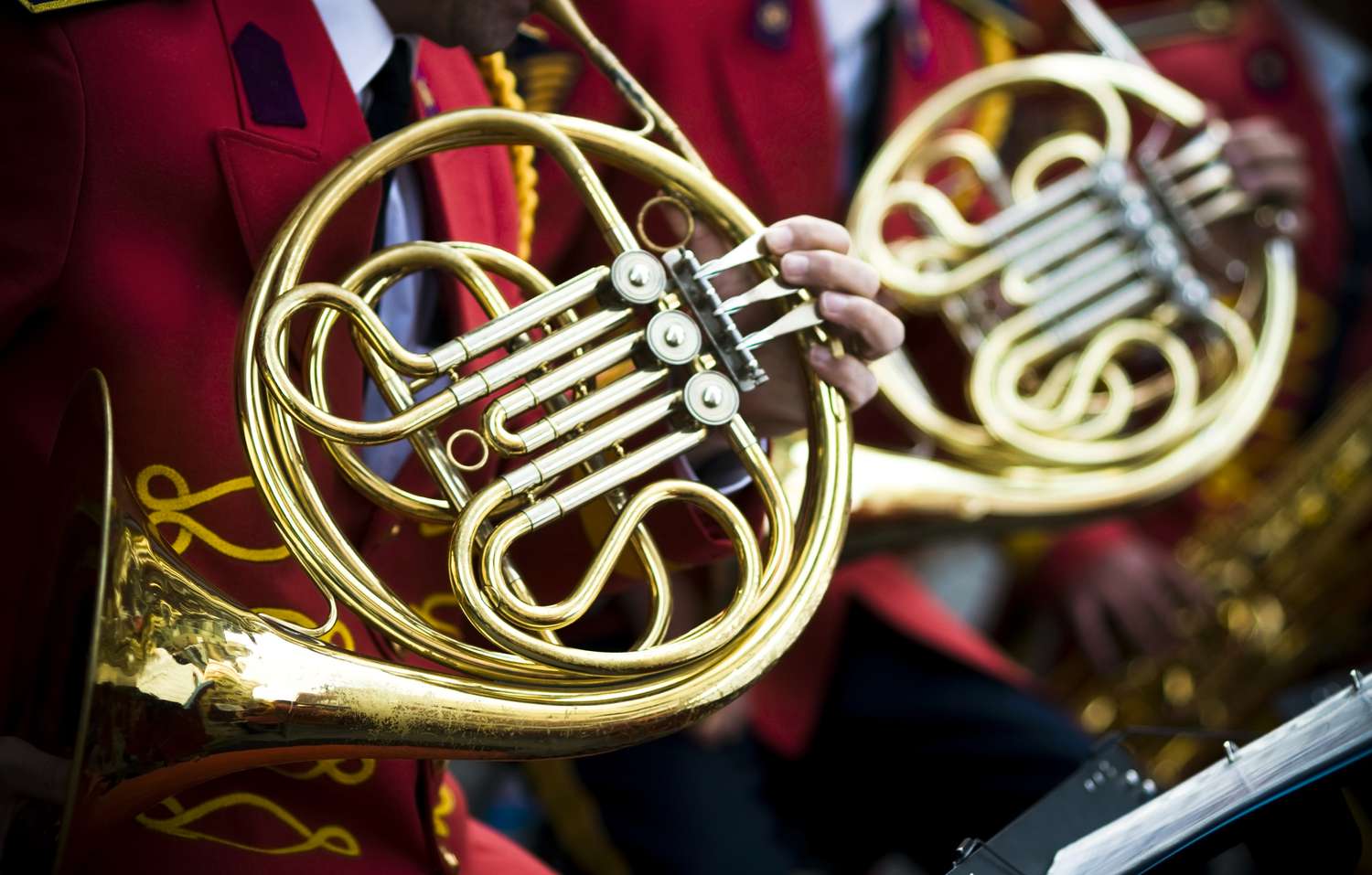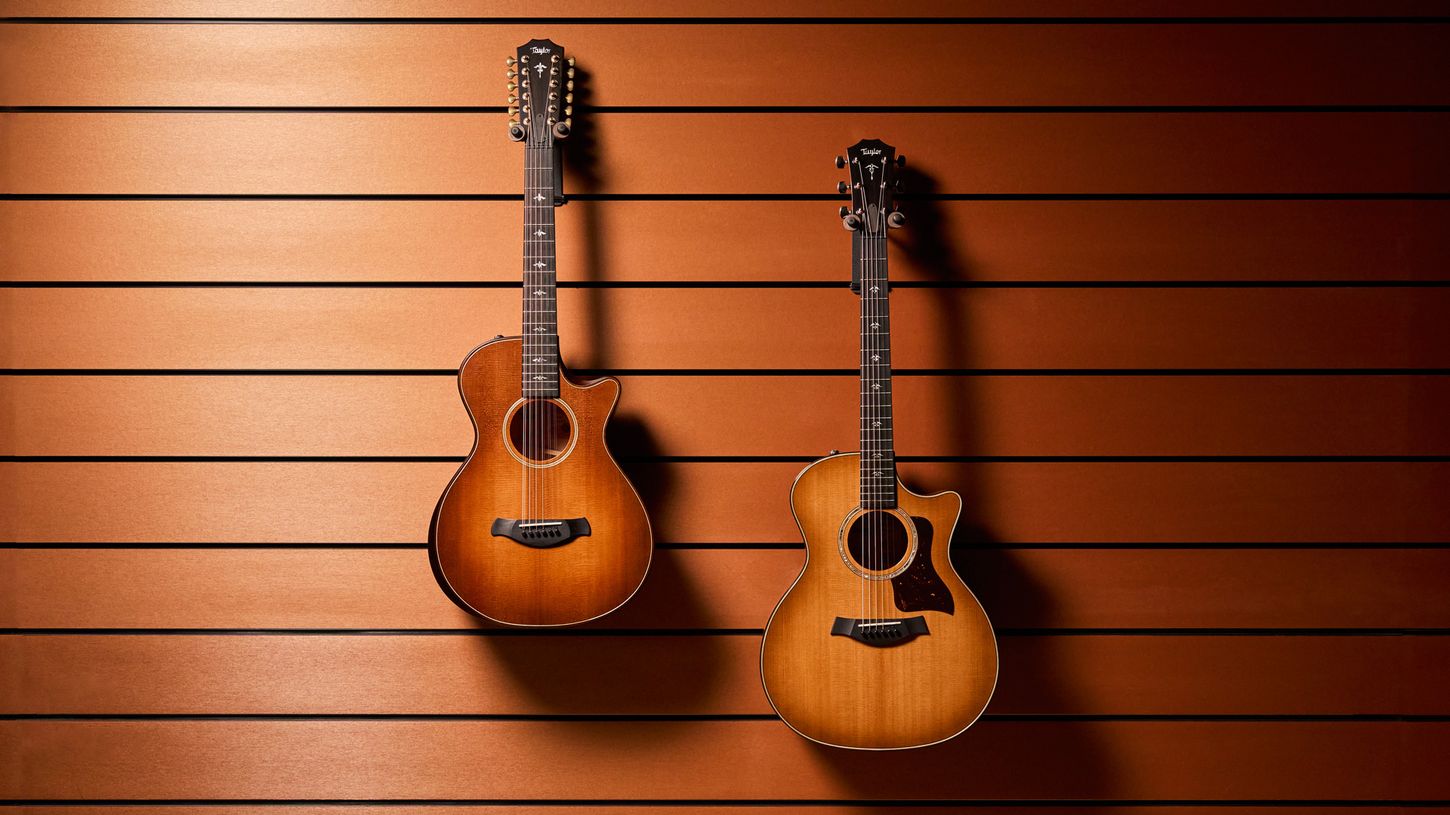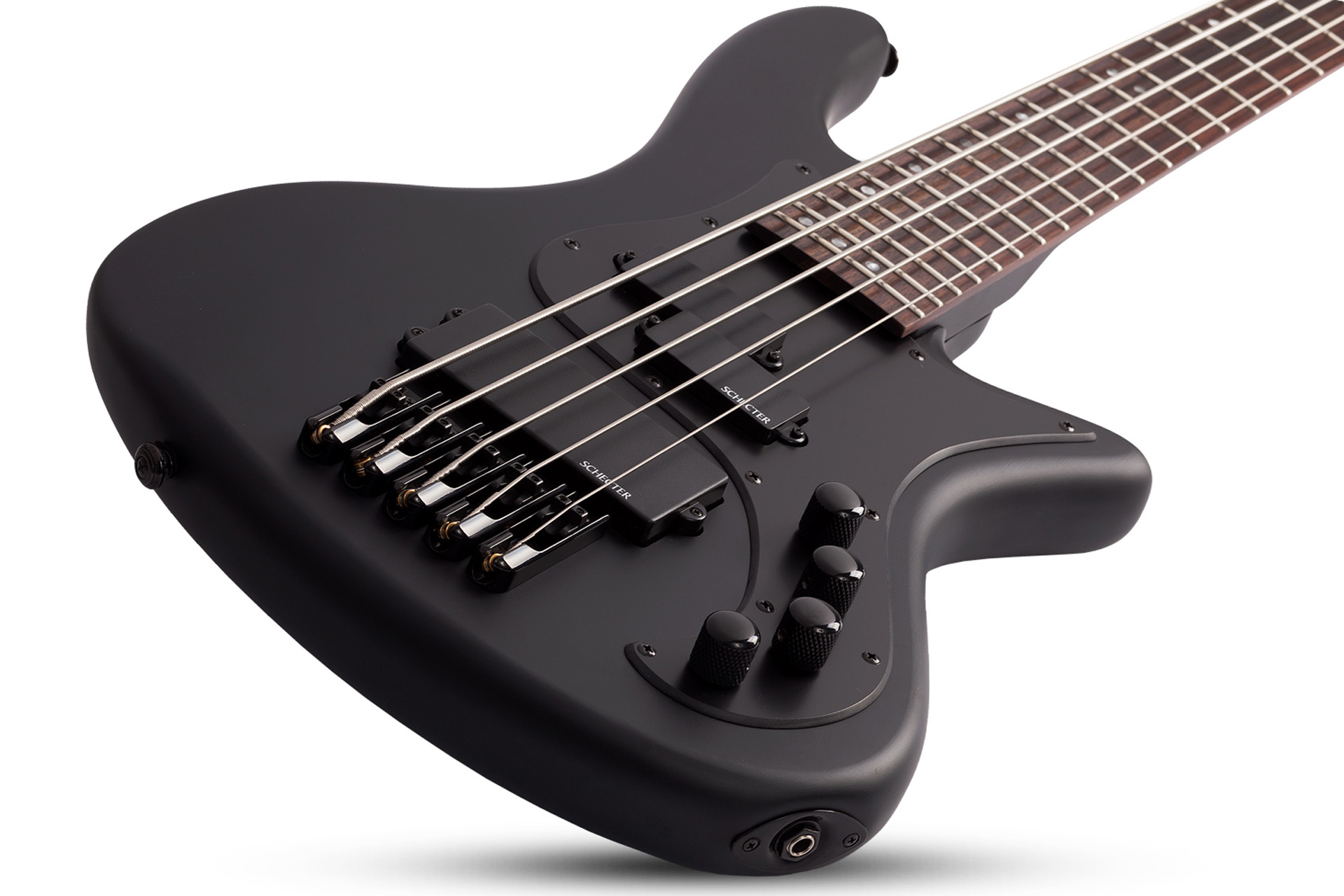Home>Instruments>Piano>How Many Octaves On Piano


Piano
How Many Octaves On Piano
Modified: February 11, 2024
Discover the range of octaves on a piano and how they contribute to its versatility and expressive capabilities. Learn about the piano's unique ability to span multiple octaves. Explore the piano's wide range of octaves and its impact on musical composition and performance.
(Many of the links in this article redirect to a specific reviewed product. Your purchase of these products through affiliate links helps to generate commission for AudioLover.com, at no extra cost. Learn more)
Table of Contents
Introduction
Playing the piano is a mesmerizing experience that transcends time and culture. The instrument’s versatility and expressive capabilities have made it a staple in various musical genres, from classical to contemporary. Central to the piano’s allure is its expansive range, which allows musicians to explore a wide spectrum of pitches and tones. One fundamental aspect of this range is the concept of octaves, which plays a crucial role in shaping the piano’s sonic landscape.
In this article, we will delve into the fascinating world of piano octaves, uncovering the significance of these musical intervals and their impact on piano playing. From understanding the essence of an octave to exploring the number of octaves on a standard piano and the capabilities of professional pianists, we will embark on a melodic journey that sheds light on the intricacies of this beloved instrument.
Whether you are a budding pianist eager to expand your knowledge or a music enthusiast keen on unraveling the mysteries of the piano, join us as we unravel the question: How many octaves are there on a piano?
What is an Octave?
Before delving into the specifics of octaves on the piano, it’s essential to grasp the fundamental concept of an octave in music theory. An octave represents a pivotal interval that defines the relationship between two notes with the same letter name. In simpler terms, when you move from one note to another with the same name, either higher or lower in pitch, you have traversed an octave.
For instance, if we start with the note C on the piano keyboard and ascend to the next C, encompassing all the white and black keys in between, we have traversed an octave. This interval spans a total of eight notes, including the starting and ending notes, and forms the basis of musical harmony and structure.
From a technical standpoint, the frequency of a note at the higher end of an octave is precisely double that of the same note at the lower end. This doubling of frequency contributes to the perceptual similarity between the two notes, despite their distinct pitches. As a result, octaves are revered for their ability to create a sense of unity and resonance within musical compositions.
Furthermore, octaves play a crucial role in defining the tonal color and character of musical passages. When a melody or chord progression is transposed into a different octave, it can evoke varying emotional and sonic qualities, enriching the overall musical experience.
Understanding the significance of octaves is pivotal for pianists, as it underpins the structure of melodies, harmonies, and chord voicings. By harnessing the power of octaves, pianists can imbue their performances with depth, emotion, and a nuanced sonic palette, elevating their musical interpretations to new heights.
How Many Octaves Does a Standard Piano Have?
When exploring the range of a standard piano, it’s essential to consider the instrument’s layout and the distribution of octaves across its keyboard. A typical acoustic piano, known as the “88-key piano,” encompasses a total of 7 octaves plus a minor third, extending from the A note below the bass staff to the C note two octaves above the treble staff. This expansive range allows pianists to traverse a broad spectrum of pitches, lending versatility and richness to their musical expressions.
As pianists navigate the keyboard, they encounter groupings of 12 keys, comprising 7 white keys and 5 black keys, which collectively form a single octave. This pattern repeats across the piano, with each octave encompassing a sequence of 8 natural notes (A, B, C, D, E, F, G) and 5 accidentals (A#/Bb, C#/Db, D#/Eb, F#/Gb, G#/Ab). The seamless continuity of these octaves empowers pianists to craft intricate melodies, harmonies, and chord progressions that span the instrument’s entire range.
It’s worth noting that the 88-key piano’s expansive range not only accommodates classical repertoire but also caters to the demands of various musical genres, including jazz, pop, and contemporary compositions. The ability to access a wide expanse of octaves enables pianists to interpret diverse musical styles with authenticity and depth, making the instrument a cornerstone of musical creativity and expression.
Moreover, the presence of multiple octaves on a standard piano fosters the exploration of sonic textures and contrasts, allowing pianists to experiment with register shifts and dynamic nuances. This dynamic range empowers musicians to convey a myriad of emotions and moods, from the thunderous resonance of the lower octaves to the ethereal delicacy of the higher registers.
Ultimately, the 88-key piano’s allocation of 7 full octaves and an additional minor third serves as a testament to the instrument’s capacity for boundless creativity and sonic exploration. This expansive range, coupled with the piano’s expressive capabilities, positions it as an instrument of unparalleled versatility and emotive power, captivating audiences and musicians alike with its resounding voice.
How Many Octaves Can a Professional Pianist Play?
Professional pianists, renowned for their technical mastery and interpretive prowess, possess the remarkable ability to traverse the piano keyboard with virtuosic agility, harnessing the instrument’s full range to convey a diverse array of musical expressions. Their command over the keyboard enables them to navigate through an extensive span of octaves, unlocking the instrument’s boundless potential for artistic interpretation and sonic exploration.
Seasoned pianists, honing their craft through years of dedicated practice and performance, can seamlessly traverse the entire range of the piano, encompassing the instrument’s 7 octaves plus a minor third. This remarkable feat demands not only exceptional dexterity and finger strength but also an acute understanding of touch, tone production, and nuanced phrasing across the keyboard’s expanse.
Professional pianists leverage their technical prowess and interpretive acumen to harness the piano’s multi-octave range, crafting performances that showcase the instrument’s versatility and expressive depth. Whether interpreting classical masterpieces, improvising jazz compositions, or performing contemporary works, these musicians harness the full spectrum of octaves to convey a kaleidoscope of emotions and musical narratives.
Furthermore, the virtuosity of professional pianists extends beyond mere traversal of octaves; it encompasses the ability to extract a diverse palette of tones, colors, and timbres from each octave, enriching their performances with a nuanced sonic tapestry. From the thunderous resonance of the lower registers to the crystalline clarity of the upper octaves, these musicians deftly navigate the piano’s tonal landscape, infusing their interpretations with depth and artistry.
Moreover, professional pianists often explore the piano’s extended techniques, delving into the realm of prepared piano, pedal effects, and unconventional sound production methods to expand the instrument’s sonic horizons. By embracing innovative approaches and pushing the boundaries of traditional piano performance, these musicians showcase the instrument’s potential for sonic experimentation and imaginative expression across its expansive range.
In essence, the proficiency of professional pianists transcends the mere capability to play a certain number of octaves; it encompasses a profound understanding of the instrument’s expressive capabilities and a relentless pursuit of artistic excellence. Through their mastery of the piano’s multi-octave range, these musicians captivate audiences and fellow musicians alike, illuminating the instrument’s enduring allure and boundless potential for musical innovation.
Conclusion
Exploring the world of piano octaves unveils a captivating journey through the instrument’s expansive range, musical significance, and the virtuosity of professional pianists. The concept of octaves, with its foundational role in music theory and harmonic structure, forms the bedrock of piano playing, shaping melodies, harmonies, and tonal colorations with its inherent resonance and unity.
When pondering the question of how many octaves are present on a standard piano, the 88-key piano emerges as a testament to the instrument’s versatility and expressive depth. With its allocation of 7 octaves plus a minor third, the piano empowers musicians to traverse a wide spectrum of pitches, from the thunderous resonance of the lower registers to the ethereal delicacy of the higher octaves. This expansive range not only accommodates classical repertoire but also caters to the demands of diverse musical genres, reflecting the instrument’s adaptability and enduring relevance in the modern musical landscape.
Furthermore, the prowess of professional pianists shines through their ability to navigate the piano’s full range with virtuosic skill and interpretive nuance. Beyond the mere traversal of octaves, these musicians harness the instrument’s multi-octave expanse to convey a kaleidoscope of emotions, tones, and textures, captivating audiences with their artistic depth and sonic mastery.
In essence, the exploration of piano octaves illuminates the instrument’s enduring allure and boundless potential for musical innovation. From the foundational role of octaves in shaping musical compositions to the virtuosic command of professional pianists across the instrument’s expansive range, the piano stands as a beacon of artistic expression and sonic exploration.
As we conclude our melodic journey through the realm of piano octaves, it becomes evident that the instrument’s multi-octave range serves as a canvas for boundless creativity, inviting pianists to craft musical narratives that resonate with depth, emotion, and expressive eloquence. The piano, with its seven octaves and a minor third, continues to inspire and captivate, offering a timeless platform for musical expression and artistic discovery.

